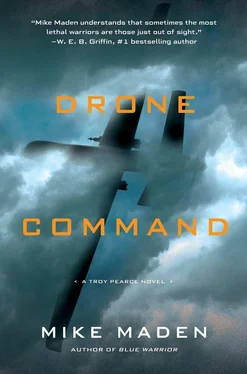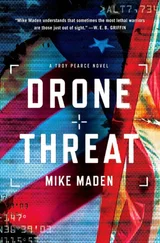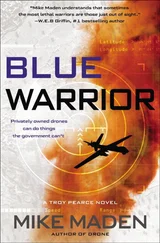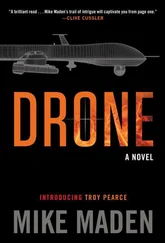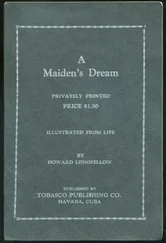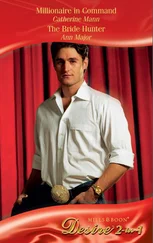The male anchor appeared on screen. “No word yet from the Chinese government concerning the extent of the damage. A Japan Maritime Self-Defense Force spokesman just released a statement that the ship caught fire from the strike, but that the fire appears to be under control.”
A new image flashed on the monitor behind them. Sanjuro’s smiling face, crinkled and bright, flashing his crooked teeth beneath a rakish silver mustache. He stood in his baggy green aviator’s jumpsuit and hachimaki —a white headband with a rising sun and kanji that read FOR JAPAN! In the background, his white Mitsubishi A6M, the fabled Zero fighter aircraft of World War II legend, gleamed in the sunlight, a bright red sun painted on the fuselage.
The anchorwoman held up a sheet of paper. Other images of Sanjuro flashed behind her, including an Imperial Army photo of seventeen-year-old Sanjuro in the same jumpsuit standing in front of the same kind of airplane, a nearly duplicate image — all carefully crafted by Ikki.
“I have in my hands a copy of the letter he gave to his great-grandson Ikki Sakai just moments before he departed on his fateful journey. It reads, in part, ‘Do not weep for me. Rejoice! It is a beautiful death, to die for one’s country. For today I join my brave comrades who flew their Zeros into the teeth of another invader. We are all delicate flowers, and in the end, our sweet fragrance must fade.’”
The beautiful young woman, a former actress, choked up at the last words and wiped away a tear. She continued reading, inspired. “‘Japan! Do not fear the Dragon. Resist him, and he shall flee. The divine wind shall drive him from our waters. Death is not the end. Do not fear it. But shame will last forever. Fight!’”
The male anchor continued. “Sanjuro Sakai, one of Japan’s oldest living pilots, was almost the youngest kamikaze pilot in history. He volunteered as a teenager to fly a suicide mission, but the war ended the day before Corporal Sakai’s scheduled flight could take place. His family states that Corporal Sakai lived a long and happy life, but in the end, he had become haunted by the memories of his young friends who had completed their missions.”
The newscast continued, reviewing Sanjuro’s long and prosperous life, updating the Tiger II’ s damage reports, detailing the specs of Japan’s most famous fighter aircraft, the history of the kamikaze, and broadcasting several other still images and video clips of Sanjuro and the attack. All of this had been supplied by Ikki, who stood in the station owner’s office while watching the broadcast, toasting the owner, an old university pal, with Yamazaki Single-malt Sherry Cask whiskey. The station owner, like Ikki, hated the Chinese, but hated the cowardice of the current Japanese government even more.
When Sanjuro first confided in his great-grandson that he planned to attack the Chinese oil-drilling ship, Ikki protested. But his formidable great-grandfather was undeterred, and he eventually persuaded Ikki to use his exceptional media talents to stir Japan into action against the ancient invader through Sanjuro’s sacrifice.
Ikki finally agreed. As both an obedient offspring and an ardent nationalist like Sanjuro, he could do no less. He planned and executed the entire publicity campaign. Besides the carefully crafted images he provided to the news station, the award-winning filmmaker produced several stirring videos of Sanjuro set to patriotic music, along with footage of his final fatal flight and posted them on the Internet.
Within hours of the attack, the videos went completely viral — not just in Japan but all across China as well. Sanjuro’s death was hailed by many Japanese as the greatest patriotic act since the war, transforming him instantly into a cult hero to the masses. Sanjuro’s Zero had slammed into the Chinese drillship, but his self-sacrificing death exploded in the hearts and minds of Japanese nationalists, who now revered him as the Last Kamikaze. The Japanese stock market viewed the act less favorably, dropping nearly three percent within an hour before nervous regulators suspended trading for the day.
Every Japanese news outlet carried Sanjuro’s story and broadcast the video images throughout the morning. Left-wing stations that belittled or condemned the attack were themselves attacked by protestors wearing hachimaki identical to Sanjuro’s. Patriotic rallies began springing up all across Japan. So did the counterprotests.
By the early afternoon, the brave deck crew of the Tiger II finally managed to put out the last flames caused by Sanjuro’s strike, but they couldn’t stop the raging fire that now burned all across Asia, a blaze that threatened to set the whole world on fire.
THE KANTEI
TOKYO, JAPAN
17 MAY 2017
Myers exited the fifth-floor elevator with the American ambassador, following one of Prime Minister Ito’s secretaries. The retractable roof was open to an afternoon sky. The sunlight shimmered on the white pebbles and large aji stones elegantly arrayed in the rock garden. The effect was instant tranquility, a splash of unadorned nature in the midst of their technology-fueled crisis. It was just another example of the ultramodern architectural marvel known as the Kantei, Japan’s version of Myers’s previous working quarters, the nineteenth-century White House.
The secretary led them to the prime minister’s suite of offices, finally directing them to the his private conference room, where they were met by Ito and Tanaka. The room was elegantly paneled in horse chestnut and stainless steel. In the center was a round table constructed of a beautiful Japanese red cherrywood polished to a high gloss. The round shape struck Myers as particularly egalitarian, unlike the four-sided power platforms preferred in Washington and America’s corporate boardrooms.
Greetings were exchanged, beverages served.
“I thought Mr. Pearce would join us,” Tanaka said. “Our two nations may soon be at war with China.”
Myers resented his tone. She was well aware of the gravity of the situation. So was Pearce. “Mr. Pearce asked me to extend his apologies. He’s not feeling well.”
“Was he badly injured while in Chinese custody?” Ito asked, obviously concerned. His famous shock of silver hair was more disarrayed than usual.
His ego, mostly , Myers wanted to say. “Nothing that a little rest won’t take care of.”
Technically, Pearce wasn’t feeling 100 percent, but the truth was that Myers didn’t want to reveal that he was conferring with someone in an even more important meeting. With any luck, he’d be able to throw off any Naicho agents who might be tailing him. Japan’s intelligence service was small but well organized and proficient. Lane had offered to arrange for help from the CIA chief of station, but Pearce thought it wiser to keep as many people out of the loop as possible. Myers agreed. It would be disastrous if the Japanese thought the CIA was being deployed in an operation designed to thwart their own security service.
An assistant entered the room. “President Lane is ready.”
Ito thanked her. The assistant left, shutting the door. It was just the four of them now. The meeting was top secret. Ito dimmed the lights. A moment later, Lane appeared on a wide-screen HDTV for a live teleconference.
“President Lane, thank you for taking my call. It must be very late where you are.”
Lane flashed his famously boyish smile but couldn’t hide the dark circles under his eyes. “It’s nice and quiet around here now. Easier to get things done. Thank you for agreeing to keep our meeting today private. I’m looking forward to a frank and open discussion of all of our options.”
Читать дальше
